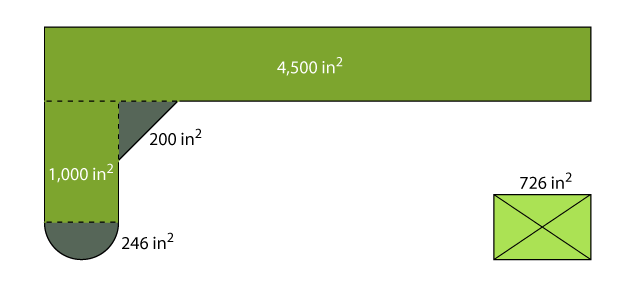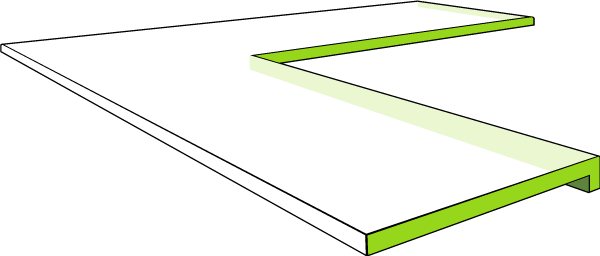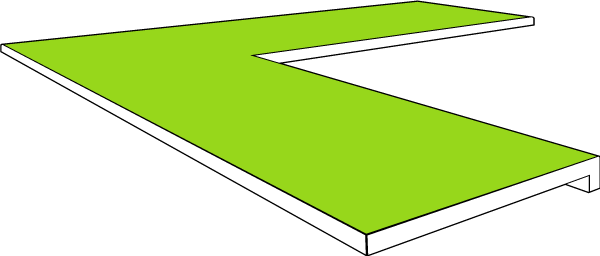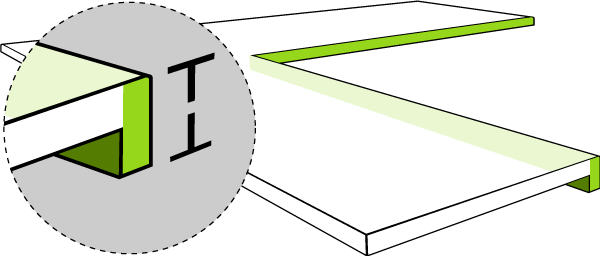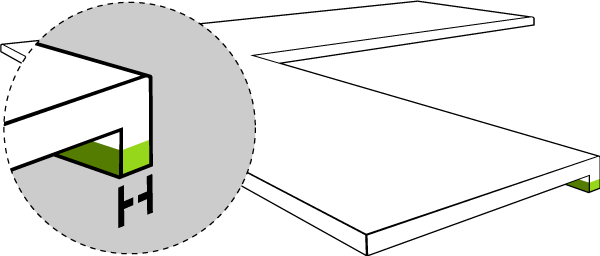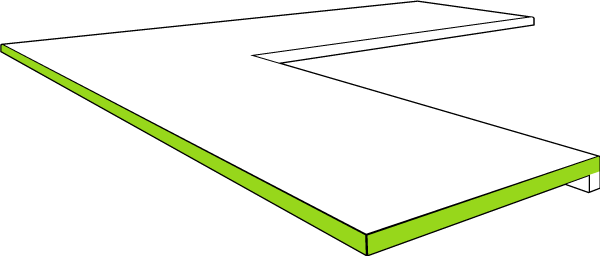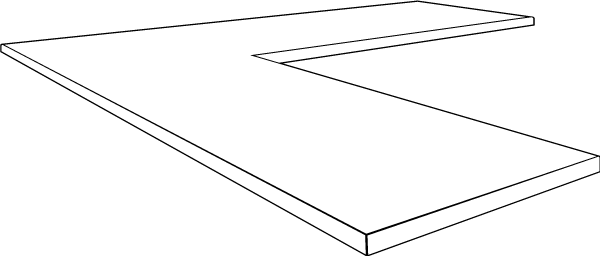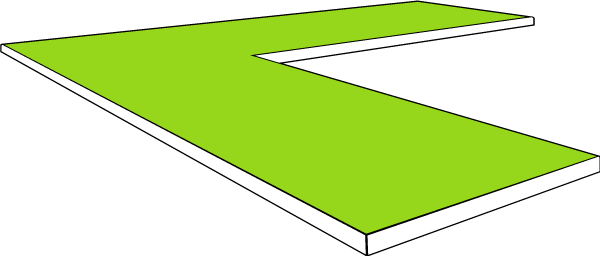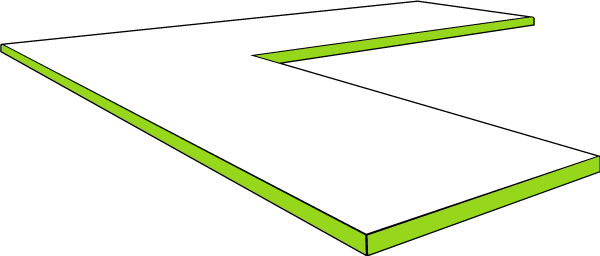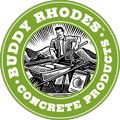Concrete Countertop Bag Mix Calculator
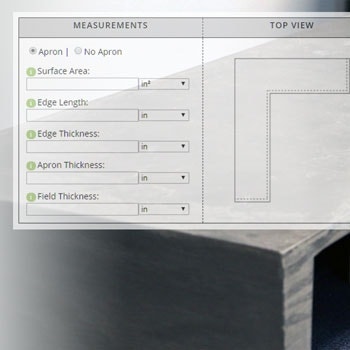
Learn More.
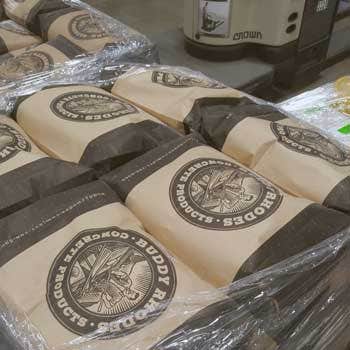
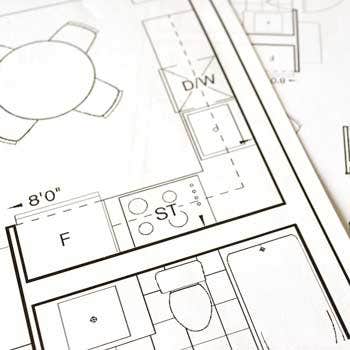

Use this tool to determine how many bags of material you should purchase for your concrete countertop project.
Countertop Measurements
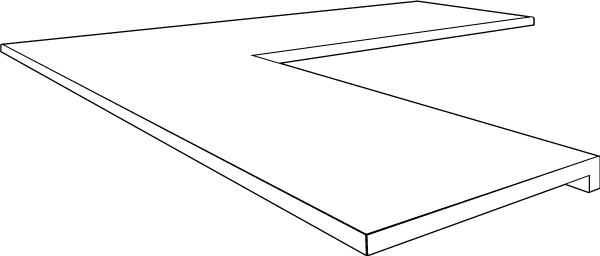
*Calculations are based on the yield for a single 50# bag of Buddy Rhodes Craftsman Mix, GFRC Blended Mix, ECC Blended Mix, or equivalent when using GFRC or ECC Admixture Pack at recommended ratio.
Although we do our best to ensure the accuracy of these tools, Buddy Rhodes™ Concrete Products offers no warranty either expressed or implied as to the reliability of the information contained herein. Buddy Rhodes™ Concrete Products assumes no liability for loss or damage associated with use of this calculator. If this is a critical project, we encourage you to verify the results using the long-hand method of correlating the yield of the material with the dimensions of your countertop or surface.
Additional Information
How to Calculate Surface Area of a Simple Shape (formulas)
| Shape | Area Formula |
|---|---|
| Rectangle | length × width |
| Triangle | ½ × base × height |
| Circle | π × radius² |
| Half Circle | ½ × π × radius² |
| Ellipse | π × radius1 × radius2 |
How to Calculate Surface Area of a Complex Shape (example)
Step 1
An example "L-shaped" kitchen countertop schematic featuring a 45° corner, rounded edge, and knockout for a sink.
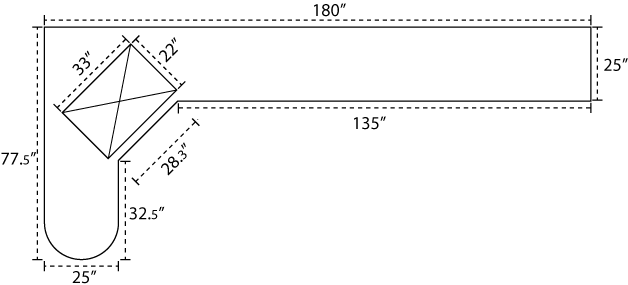
Step 2
We will consider the "full" countertop and the knockout areas separately.
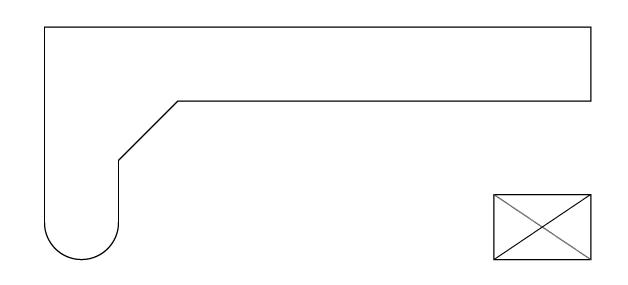
Step 3
The countertop and knockout sections are broken into simple geometric shapes (rectangles, triangles, half-circles, etc.)
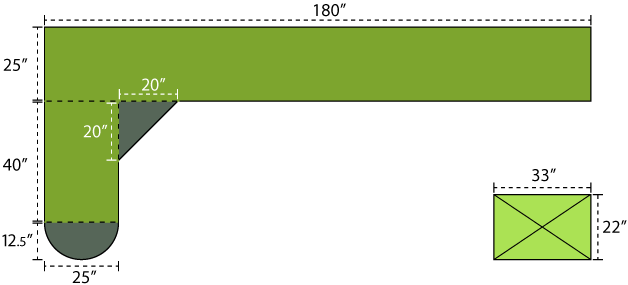
Step 4
Areas are calculated using appropriate formulas. The areas representing the countertop are added together, then the areas for the knockout sections are subtracted. In this example, the total surface area for the finished countertop is 5,220 in², or 36.25 ft²
